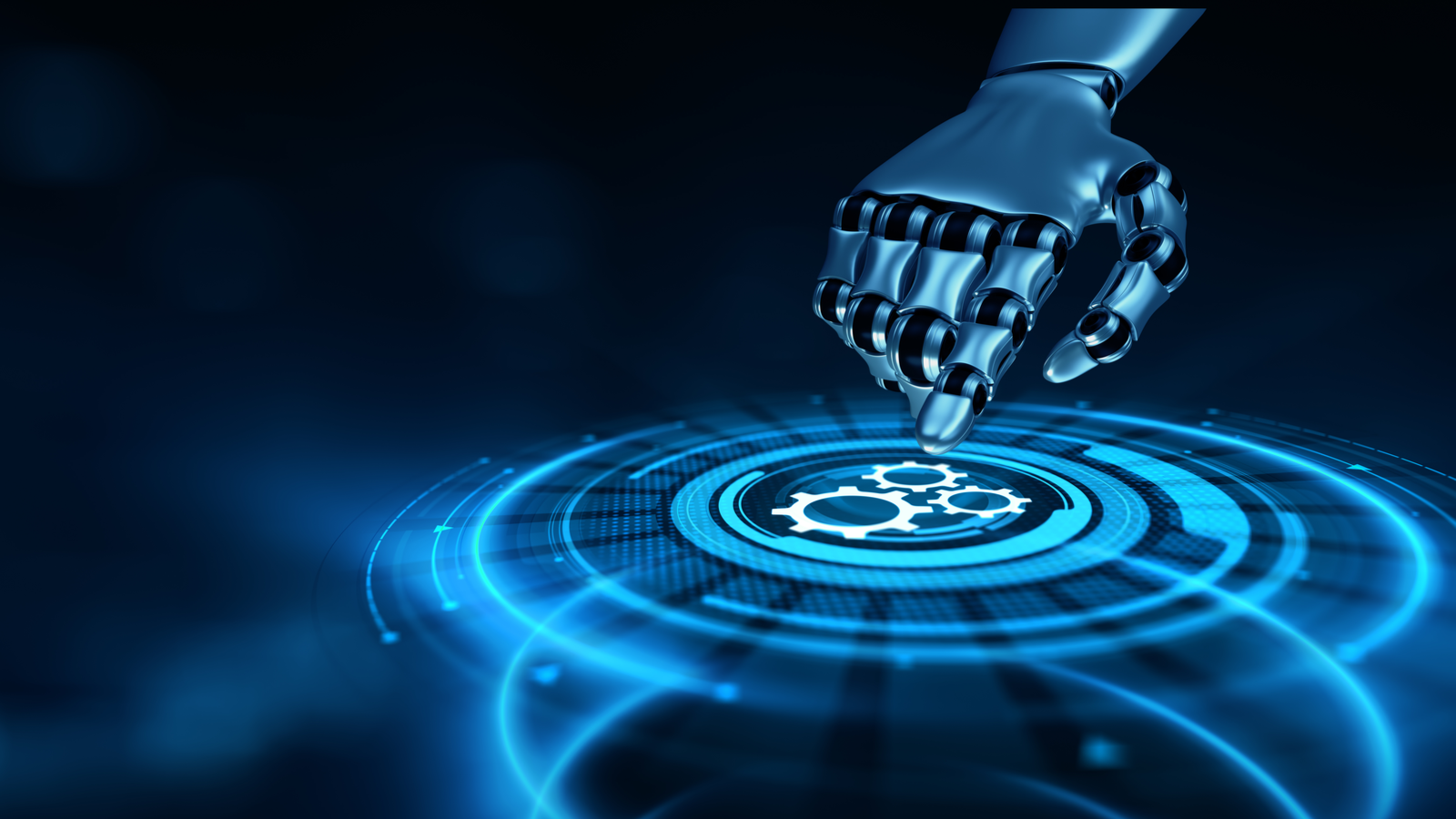
Generally speaking in a new generation industrial automation software we should look for these benefits:
1) Ability to adapt and self adapt to existing legacy systems. A new generation industrial automation software should be able to perform as abstraction or interface task between the latest generation digital systems and company legacy equipment. For example, by interfacing dated single-on-board systems, with the actual world of Industrial Internet of Things (IIoT) services and with the possibility of using hybrid architectures that include the Cloud. We also consider that PLC technology, for example, follows slower innovation rates and generally allows revamping operations without difficulties. This feature for a software would allow to preserve and enhance existing equipment and systems without forcing them to follow the rhythms of software innovation.
In short, one of the main characteristics of a new generation industrial automation software should be allowing the greatest possible number of company assetts to be “brought into the future”, without necessarily forcing a radical renewal of the machines in the factory.
2) Longevity of the software and guaranteed support. Many companies are learning what it means to rely on applications and software where an excess of innovation lead to too short product life cycles. In the industrial field, on the plant floor, where in many cases the life cycle of machinery and plants is measured in decades, software must adapt to similar logics.
3) Essentiality and Simplicity: in general embedded systems have a longer life cycle, and this is also due to their essentiality. A software, as well as an operating system, dedicated to industrial automation must eliminate unnecessary complexities in favor of an essential and easy to maintain structure, as also indicated by the “containerization” increasingly used in the factory in order to reduce complexity.
4) Safety and Cybersecurity: among the characteristics of next-gen industrial control software, there must be safety and cyber security. Industrial companies are increasingly targeted by cyber incidents and often do not have adequate countermeasures. Secure connections and encryption, for example, are essential features even for simple connections within the plant.
5) Open ecosystem: for many years industrial technology (and consequently also digital technology) have been dominated by proprietary systems, which in many cases made interconnection a complex issue. The trend today is to favor connectivity, thanks to industry standards and legislation given also by the European Union agencies.
Prepare for the future
Ultimately, what you should expect from state-of-the-art industrial automation software is not that different from what you should expect from any type of business software. Features such as ability to communicate with different systems, to manage and allow data collection from an analysis and management perspective and above all to be able to face future challenges are the main advantages of next generation software.
Today, companies can hardly be satisfied with a first or second generation industrial software, which only involves real-time control of machinery or the use of limited data sets. The need for connectivity, interoperability and new safety and cyber security criteria, both operational and regulatory, lead the industrial sector to make necessary decision to use new features and functionalities also in the software, to preserve and increase the competitive advantage.

